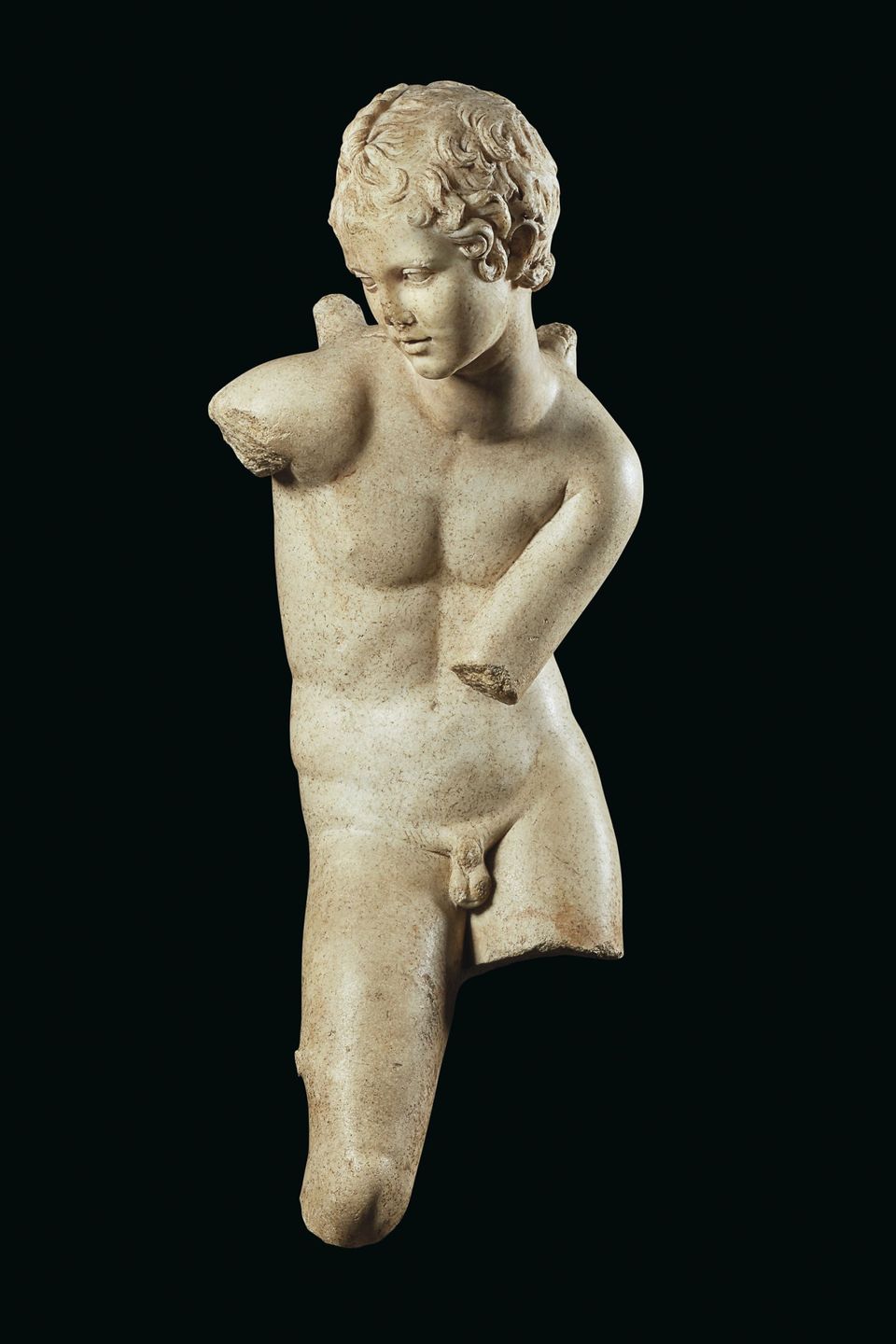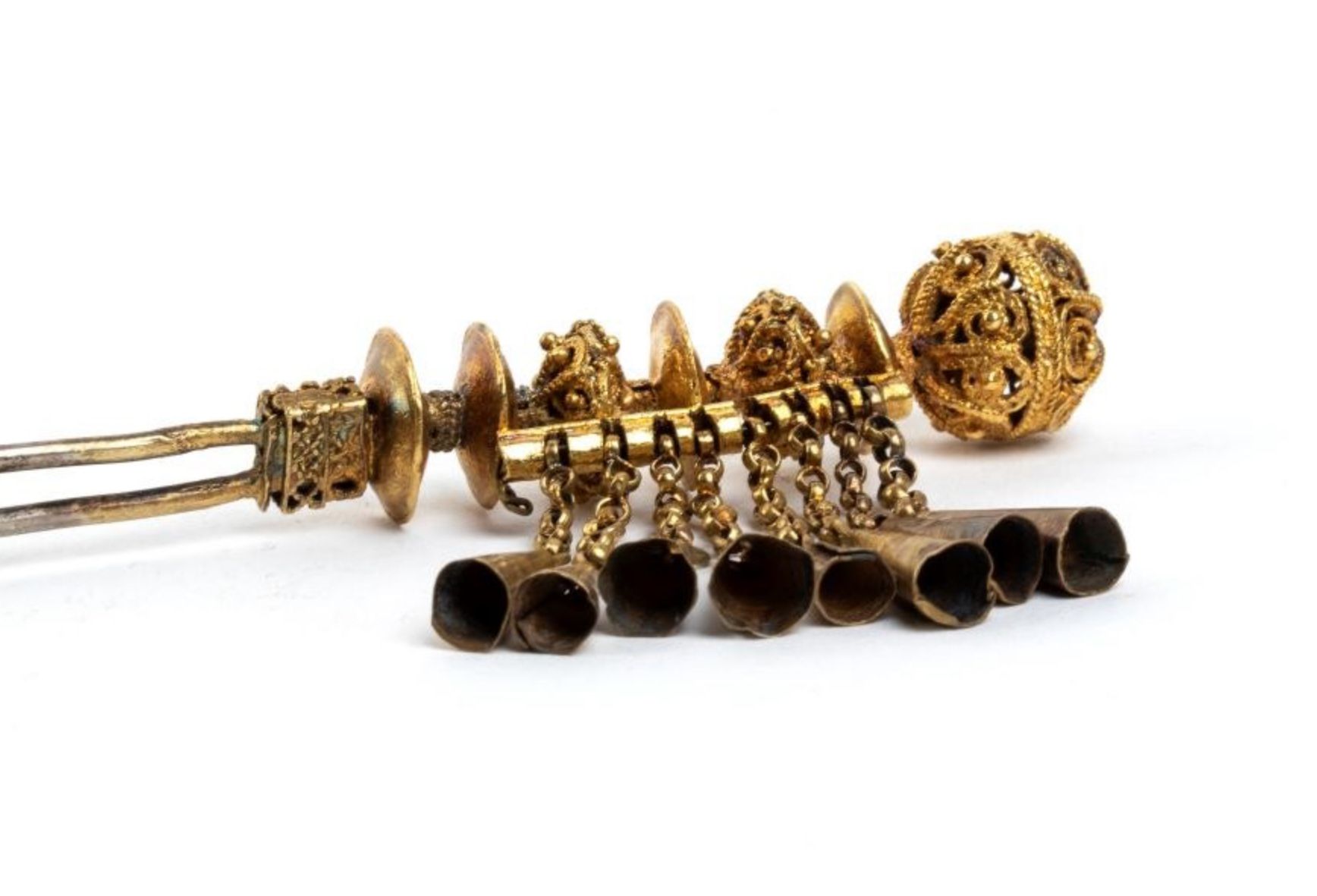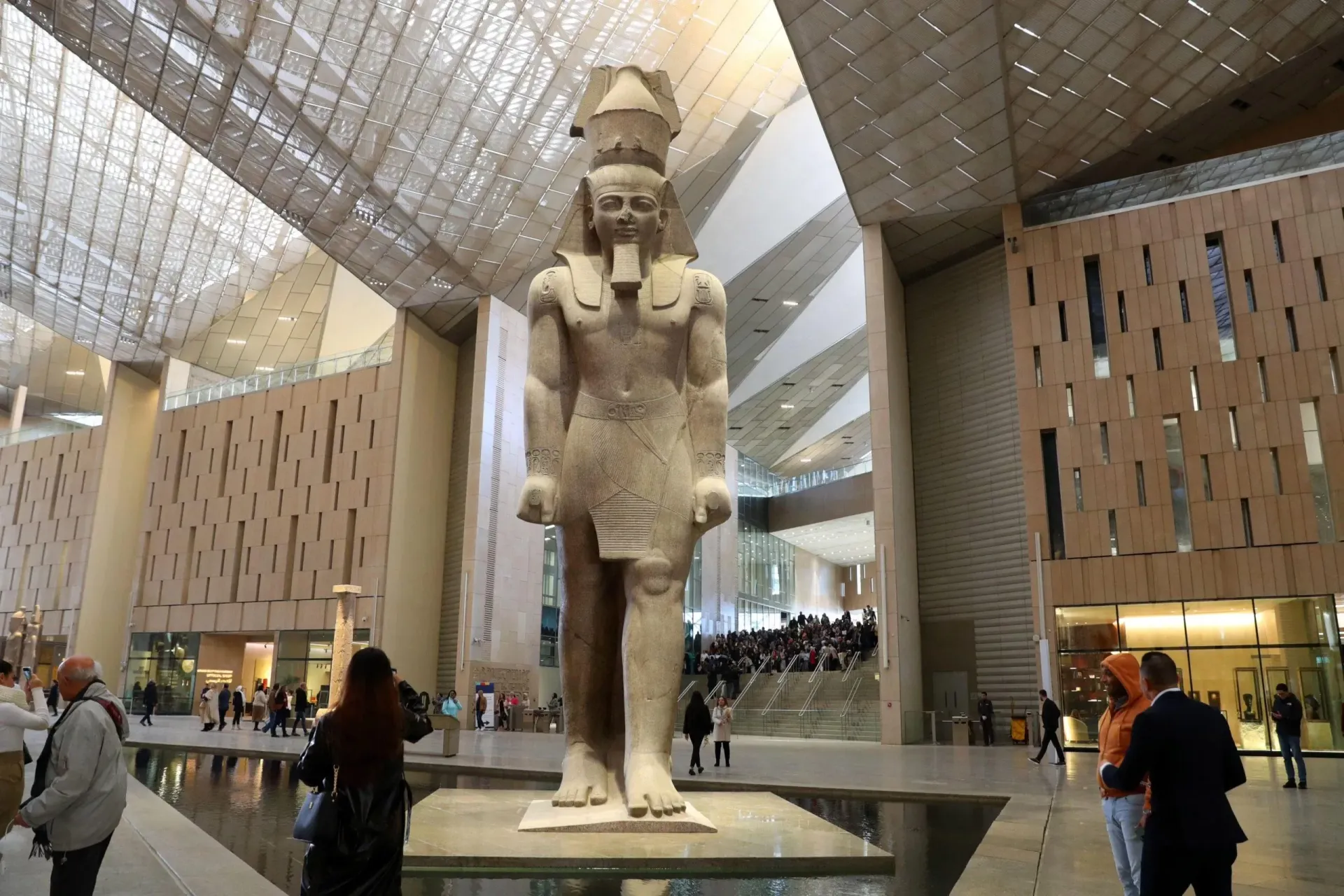Cultural Restitution
SHARE ARTICLE
The provenance is questioned of a 1st century A.D. Roman marble statue of Eros, centrepiece of a Christie's London auction on 4th December.
Forensic archaeologist, Prof Christos Tsirogiannnis, well-known for his work investigating smuggling networks and tracking down looted objects, believes the statue was formerly in the possession of disgraced antiquities dealer, Robin Symes.
Speaking to The Guardian Tsirogiannis claims the same sculpture appears in four photographs from the archive of images seized by police from Symes and his partner Christo Michaelides. Both of them were “notorious dealers connected with numerous cases of illicit antiquities” he maintains. He’s demanding that Christie’s cancel the sale of the statue, which the auction house estimates will sell for up to £800,000.
Christie's insist there are no grounds to question the sale and are calling for greater cooperation and collaboration on research between academics and those with access to historical archives, "so we can have a positive dialogue on these matters and clarify any concerns directly", according to a Christie's spokesperson.
Described in the sale catalogue as ‘the property of a gentleman’, Christie's maintain its provenance dates back to the 1960s. The statue is first recorded in the collection of French diplomat and writer, Roger Peyrefitte (1907-2000), who acquired the statue prior to 1980 (it was published on the front cover of Herzbube, Ein authentischer Roman , published in that year). It was then acquired from Peyrefitte by the present owner in 1986.
The Christie’s spokesperson insists they would never sell anything having reason to believe it has been stolen or is inauthentic. “We consult academic, police, civil, national and international lists of stolen works and when we publish our catalogues, which are all publicly available online, we welcome scrutiny to help us ensure our information is correct”.
Since 2007, Tsirogiannis has had huge success identifying over 1,000 looted antiquities, many depicted in the Medici, Becchina and Symes-Michaelides archives, which he has recovered from auction houses, dealers and private collections. He believes the convicted British antiquities dealer Robin Symes , who set up his antiquities business in the 1970s, is likely to have acquired the statue from Giacomo Medici and Gianfranco Becchina, both convicted Italian art traffickers who became major sources of classical artefacts for Symes and Michaelides.
For over 30 years Symes and Michaelides were known as Britain’s most successful antiquities dealers. But in 2005 Symes was given a 3-years prison sentence for his ‘calculated deception’ in court over the sale of a £3 million Egyptian statue.
Photo: Roman marble statue of Eros unstringing his bow, c. 1st cent A.D. (detail)
Courtesy of Christie’s Images Ltd, 2019
More News




